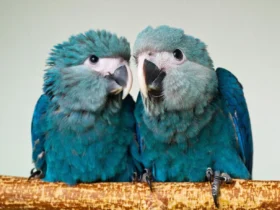Deep within the lush and diverse forests of Asia, a majestic and captivating bird emerges—the Swinhoe’s Pheasant (Lophura swinhoii). Renowned for its regal appearance and elusive nature, this pheasant species has captured the attention of birdwatchers, naturalists, and conservationists alike. Named after the British naturalist Robert Swinhoe, who first described the species in the 19th century, Swinhoe’s Pheasant stands as a symbol of the rich biodiversity found in the forests of East Asia. In this article, we delve into the enchanting world of Swinhoe’s Pheasant, exploring its appearance, behavior, habitat, and the importance of conservation efforts to protect this exquisite bird.
Swinhoe’s Pheasant images
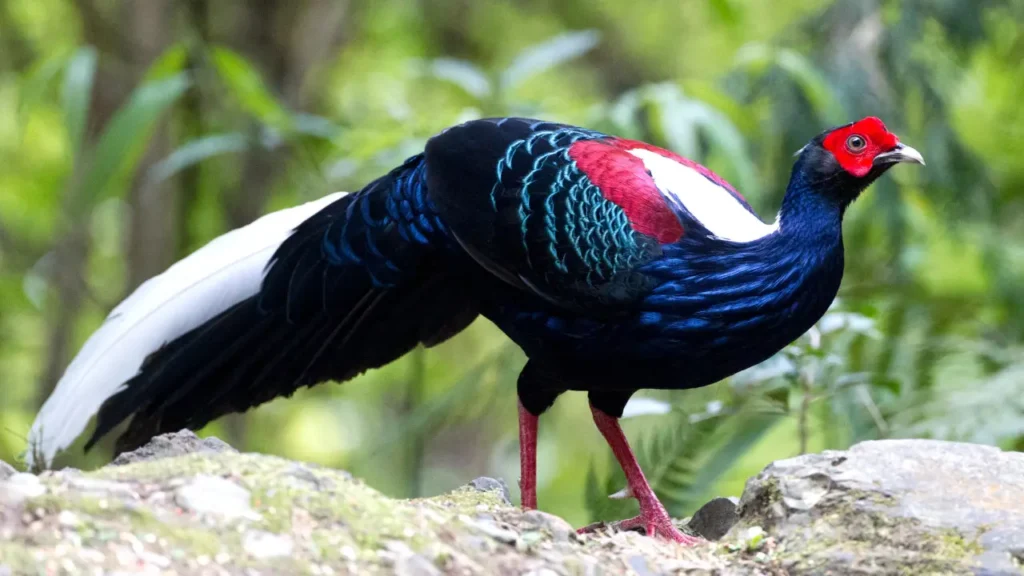
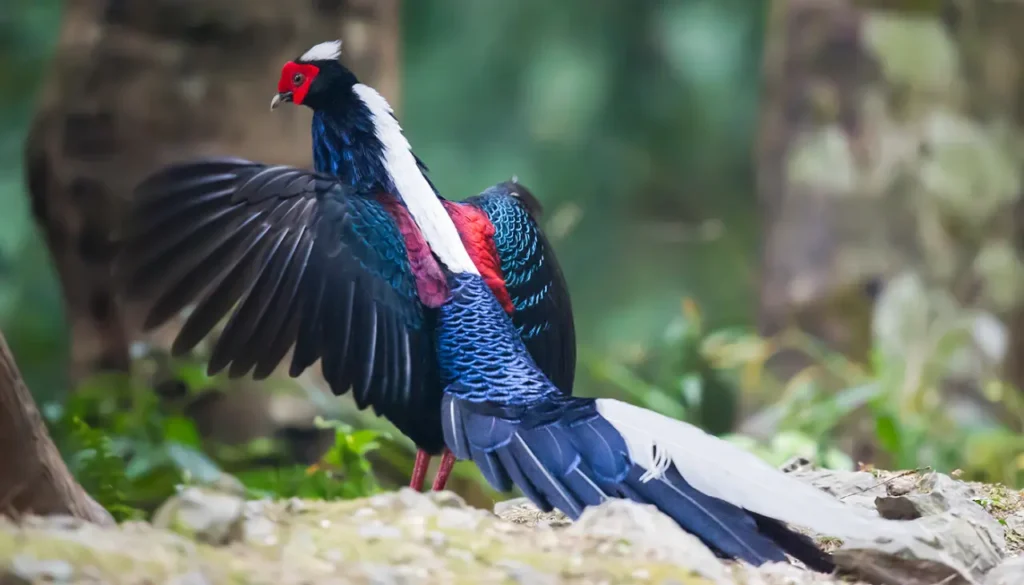
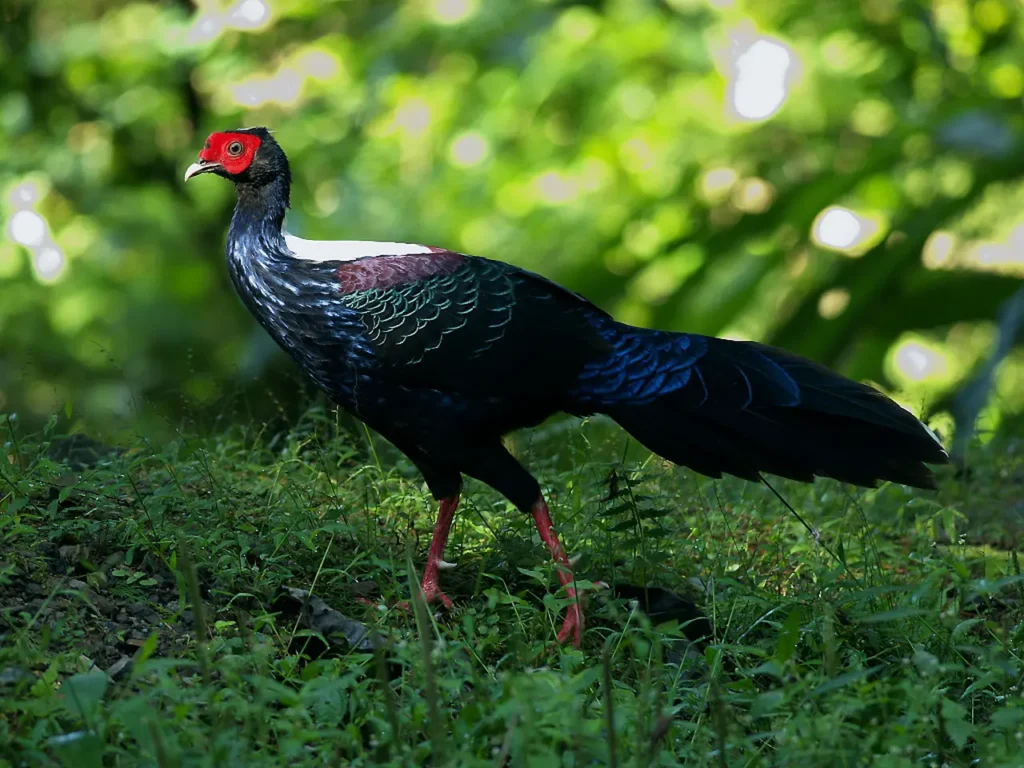
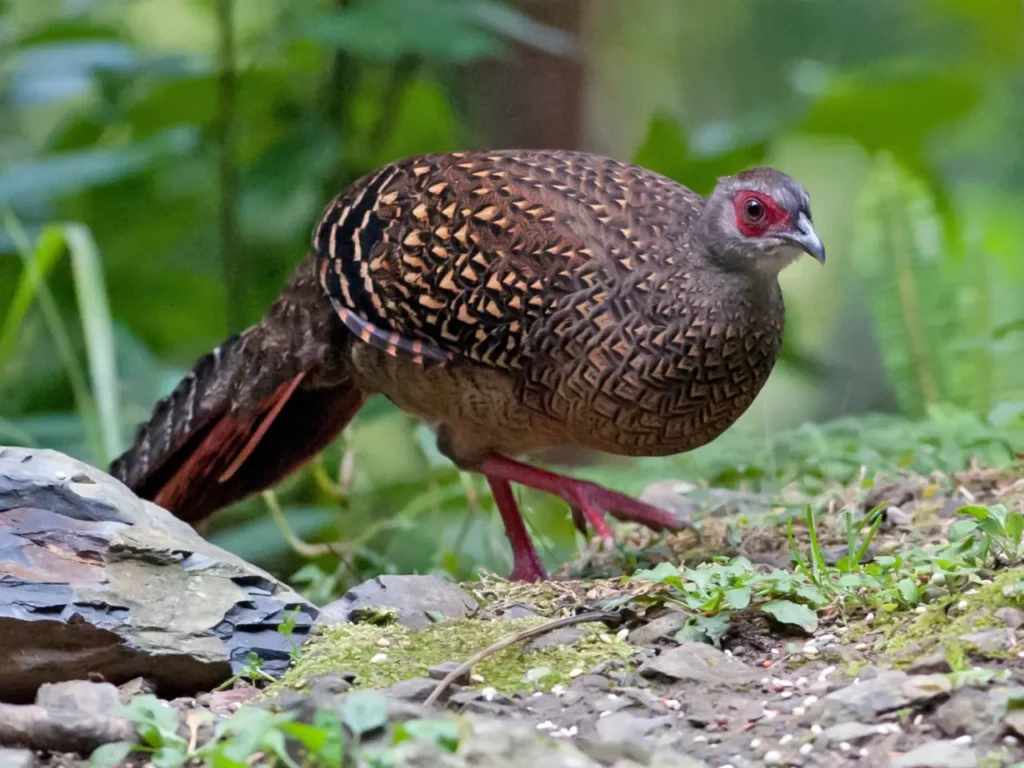
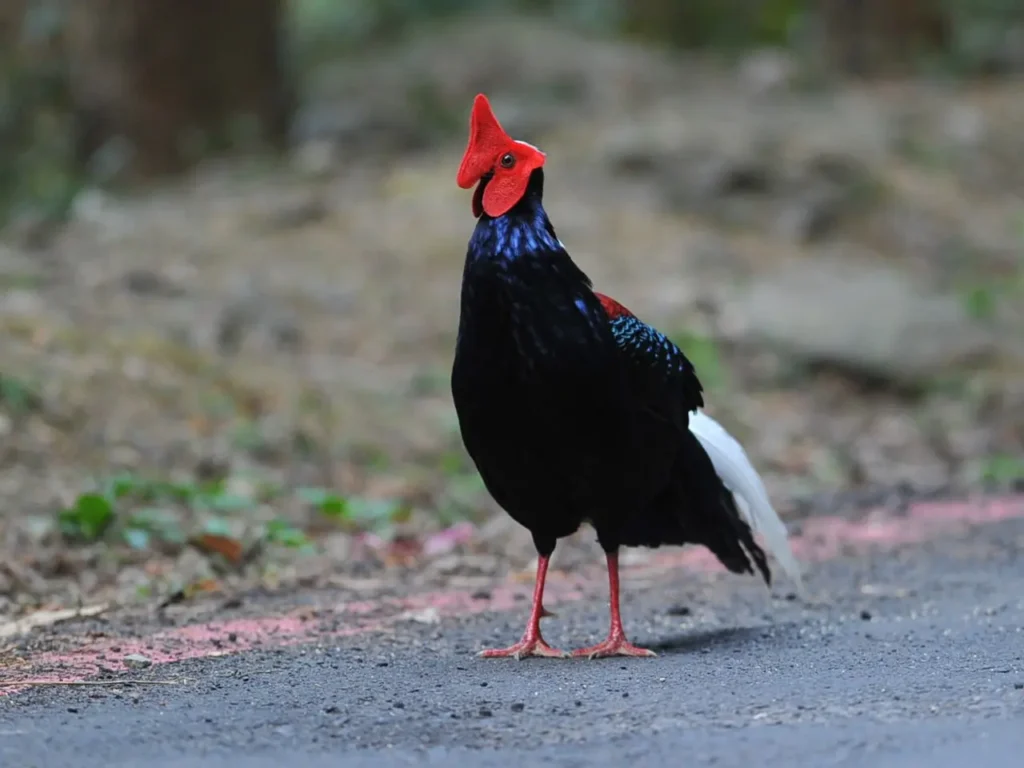

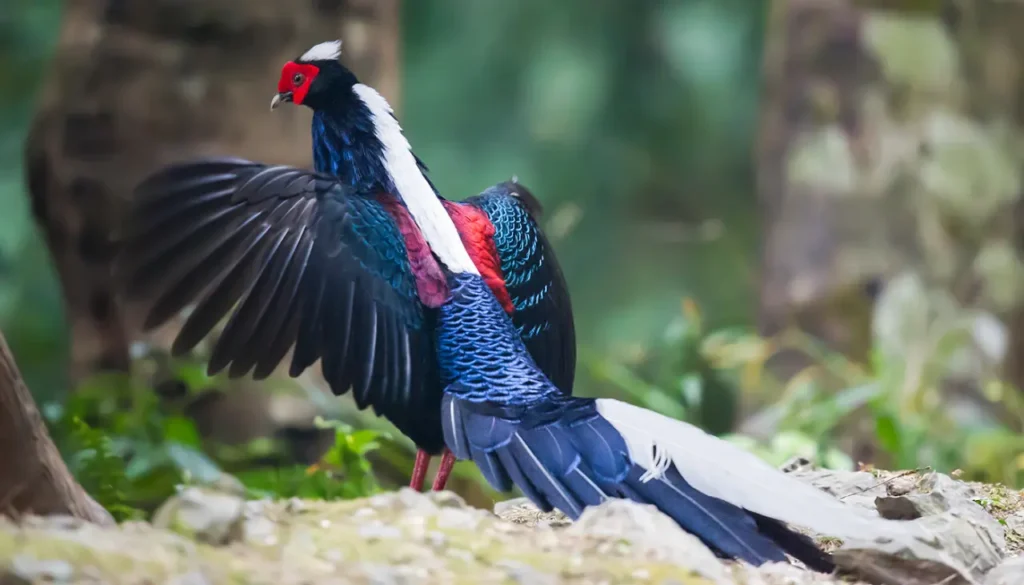

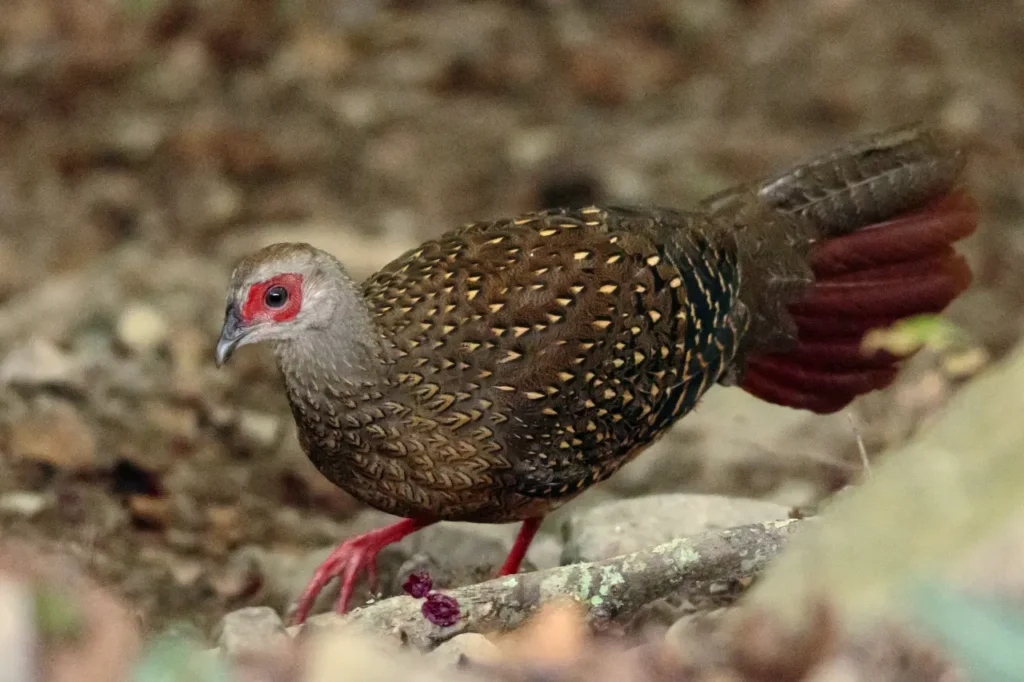

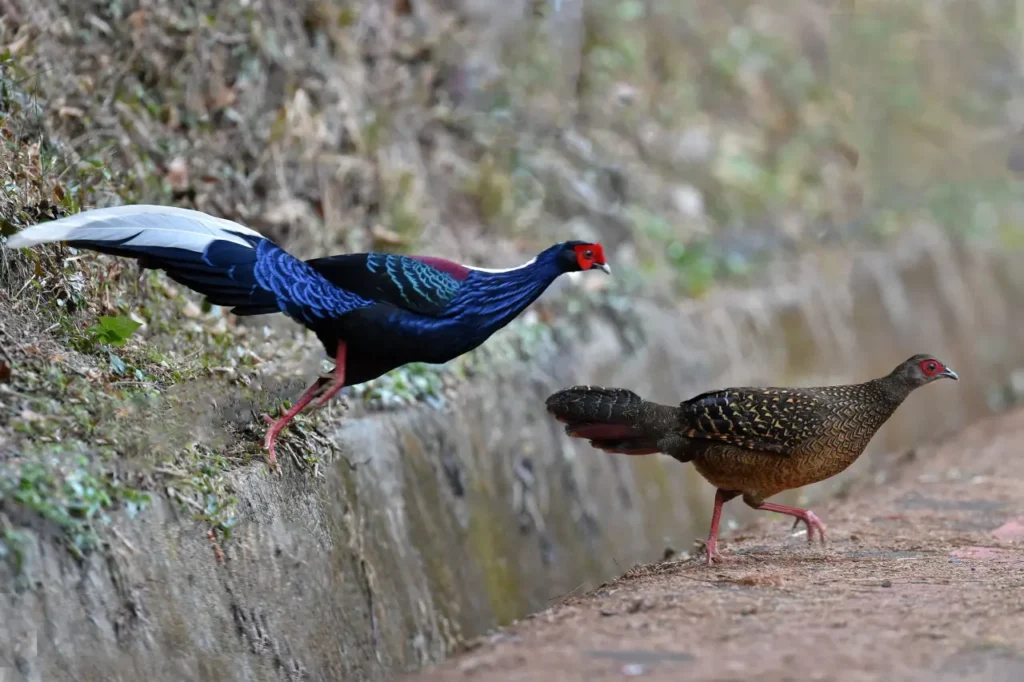
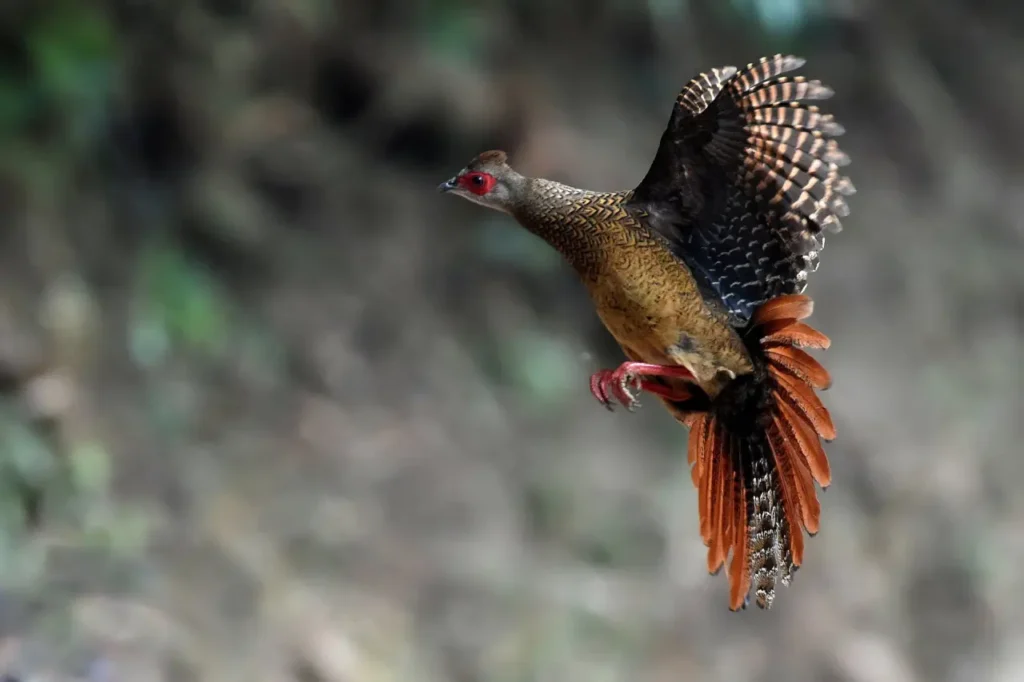
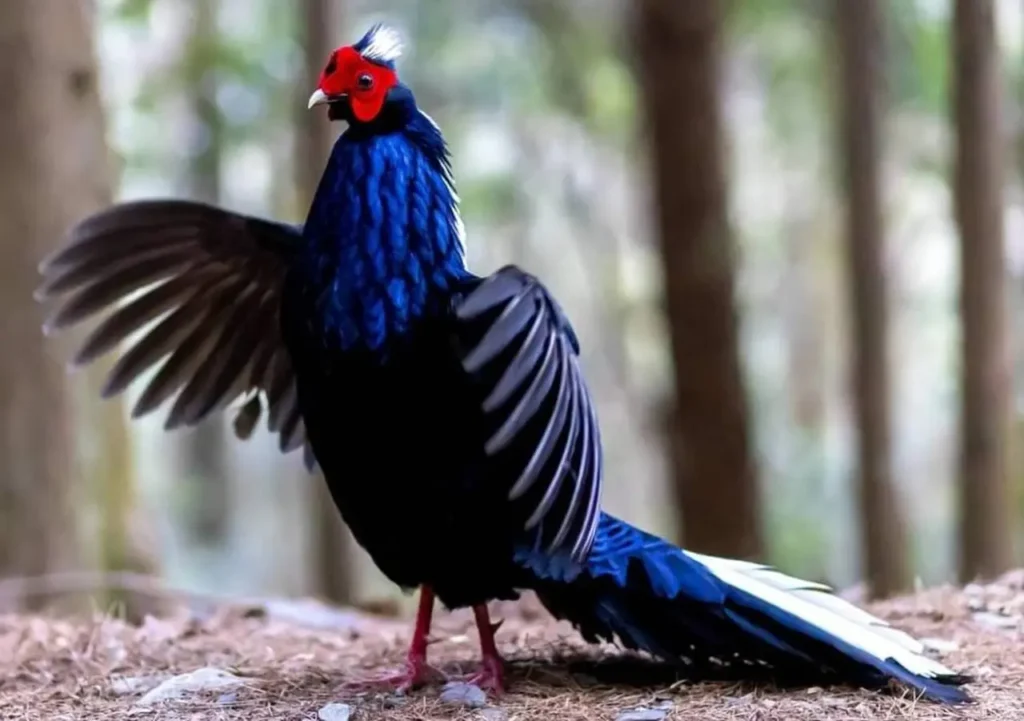

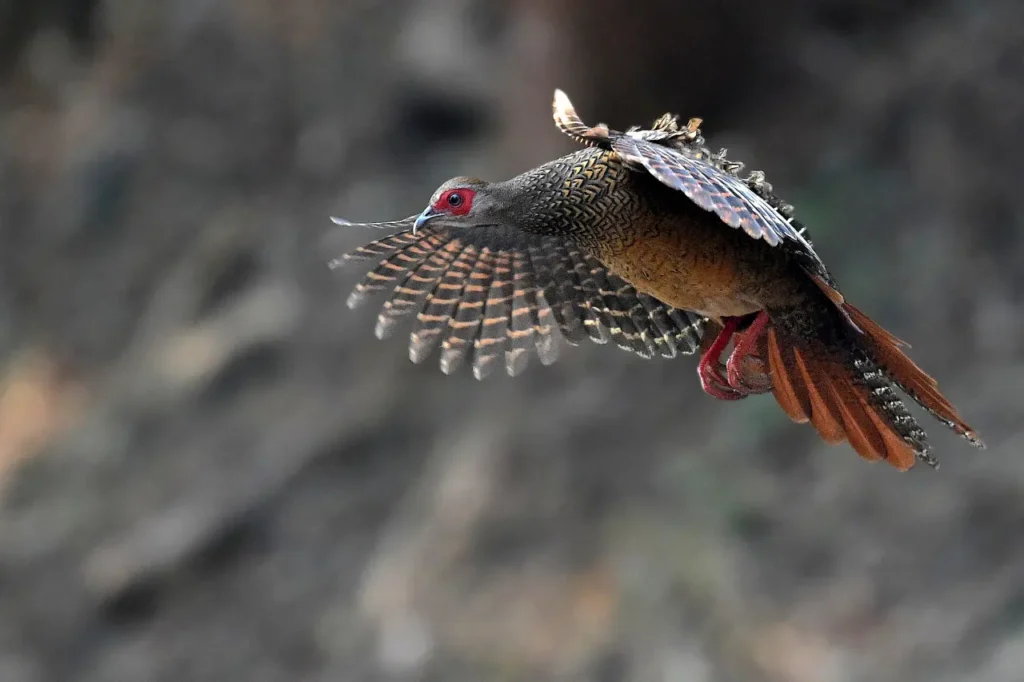
Appearance and Characteristics
Swinhoe’s Pheasant is a large and striking bird, with the male exhibiting a stunning and intricate combination of colors. The male pheasant boasts iridescent bluish-black plumage on its head, neck, and upperparts, which contrasts beautifully with its fiery orange-red facial skin and wattles. Its lower back and tail feathers display a rich chestnut-brown hue, adding to its regal allure.
The female Swinhoe’s Pheasant, while more subtly colored, exudes an elegant charm with her mottled brown plumage, which provides effective camouflage within the forest undergrowth. Both sexes share a distinctive white ring around their eyes, which adds a touch of intrigue to their appearance.
Behavior and Habitat
Swinhoe’s Pheasant is known for its elusive behavior, often remaining hidden within the dense underbrush of the forests it inhabits. These birds are primarily ground-dwellers, foraging for food such as insects, small vertebrates, and plant matter among fallen leaves and vegetation.
This pheasant species is endemic to the island of Taiwan and can be found in various types of forested habitats, including broadleaf forests, mixed forests, and bamboo thickets. It tends to prefer areas with dense undergrowth and ample cover, where it can remain hidden from predators.
Conservation Status and Efforts
Swinhoe’s Pheasant is currently classified as Vulnerable on the International Union for Conservation of Nature (IUCN) Red List. The species faces threats such as habitat loss due to deforestation, agricultural expansion, and human development. Additionally, hunting and illegal trade in the bird’s feathers and eggs have further contributed to its decline.
Conservation efforts are crucial to ensuring the survival of Swinhoe’s Pheasant and other endangered species in its habitat. Initiatives focused on habitat preservation, anti-poaching measures, and public awareness campaigns are key components of these conservation efforts. Collaboration between governments, conservation organizations, and local communities is essential to safeguard the future of this regal bird and its forest ecosystem.
Conclusion
Swinhoe’s Pheasant, with its regal beauty and elusive presence, stands as a testament to the incredible diversity of wildlife found in the forests of East Asia. As we explore the captivating world of this pheasant species, we are reminded of the importance of preserving these fragile ecosystems and the unique creatures that call them home. By supporting conservation initiatives and fostering a deeper appreciation for the natural world, we contribute to the protection of Swinhoe’s Pheasant and ensure that its striking presence continues to grace the forests of Asia for generations to come.
